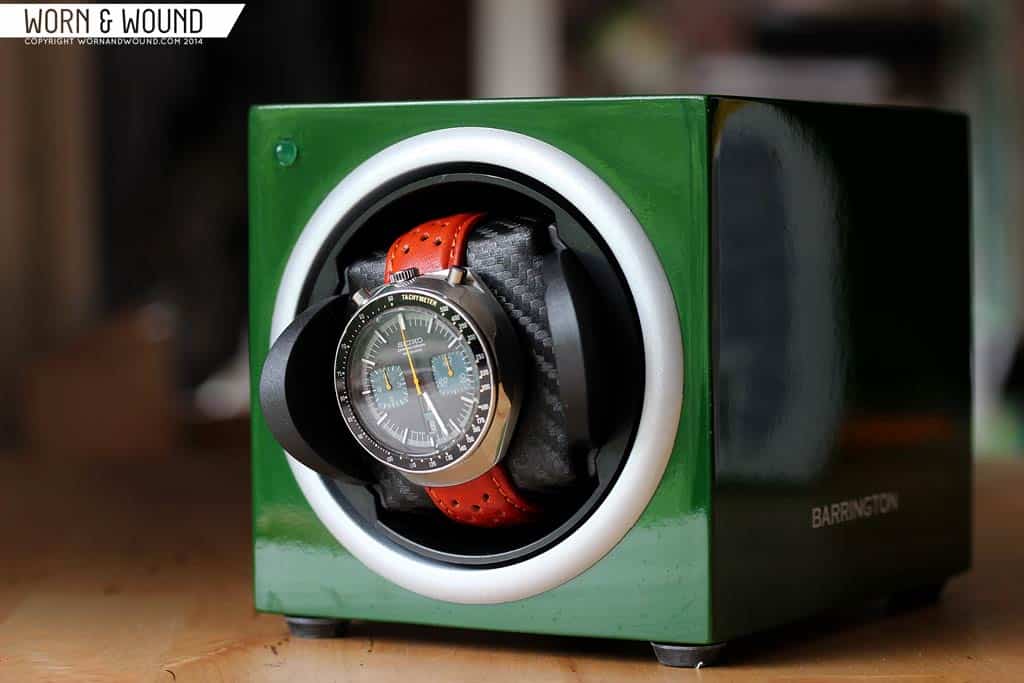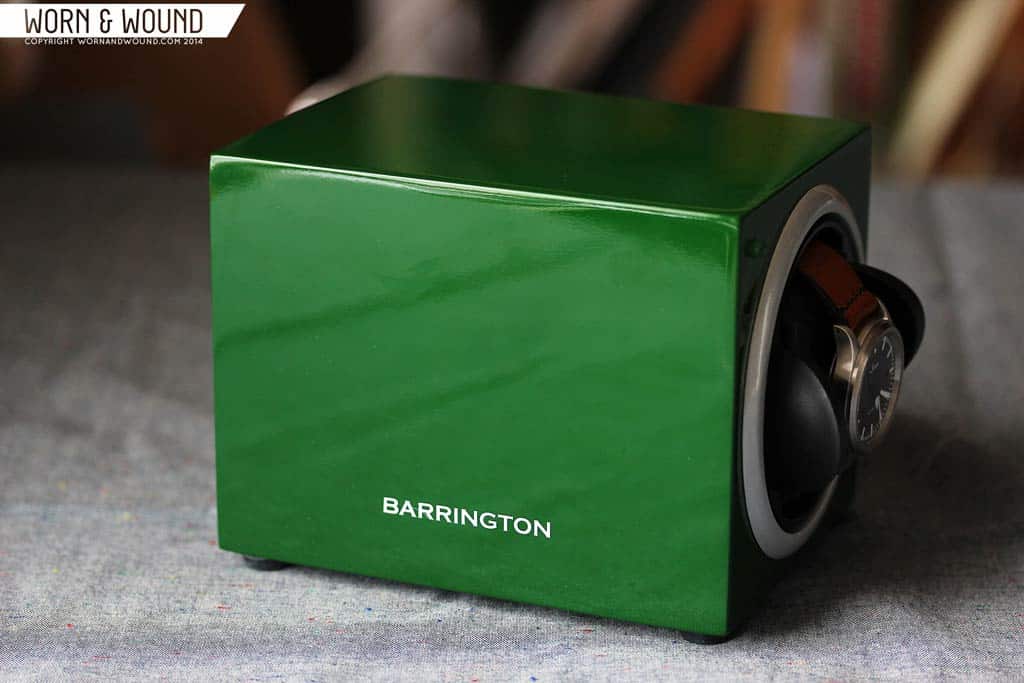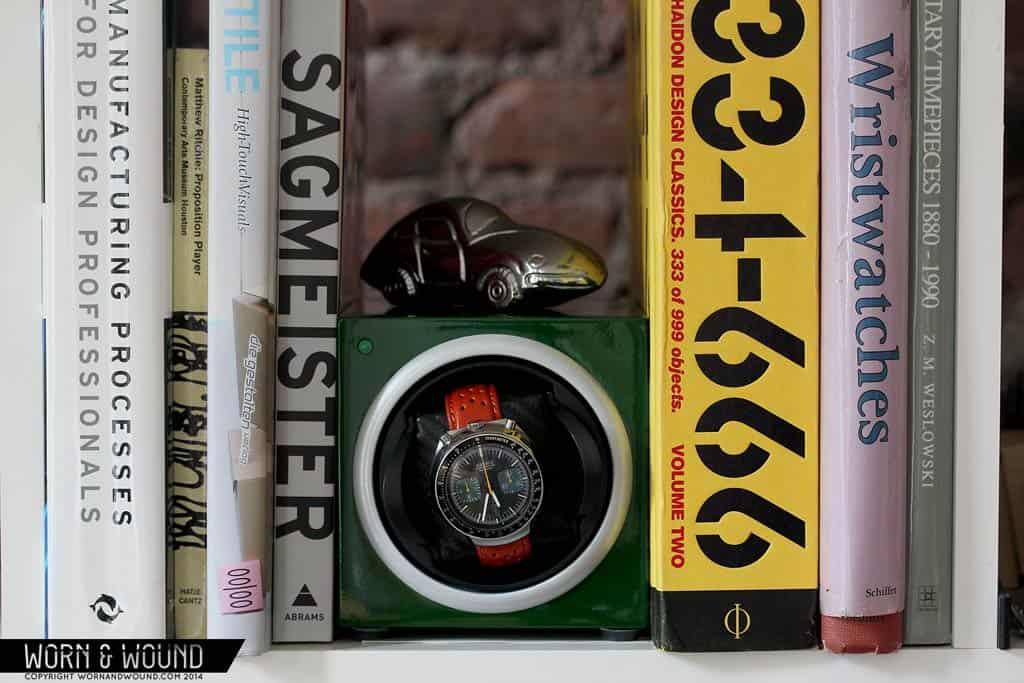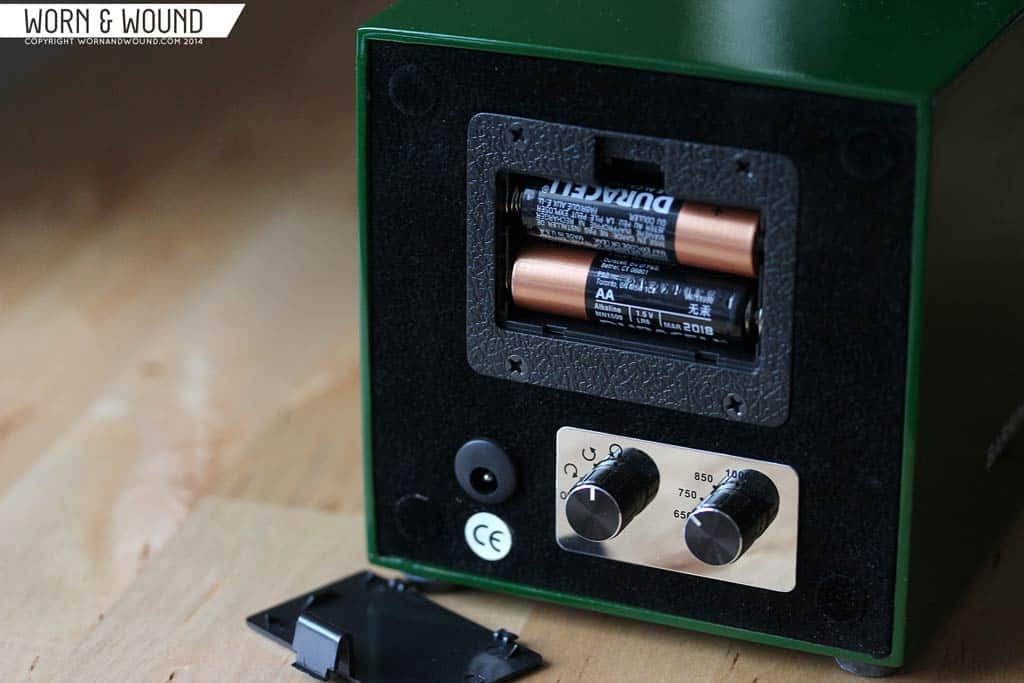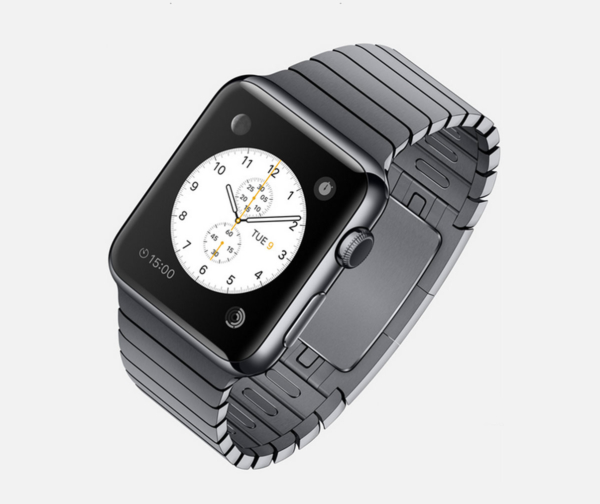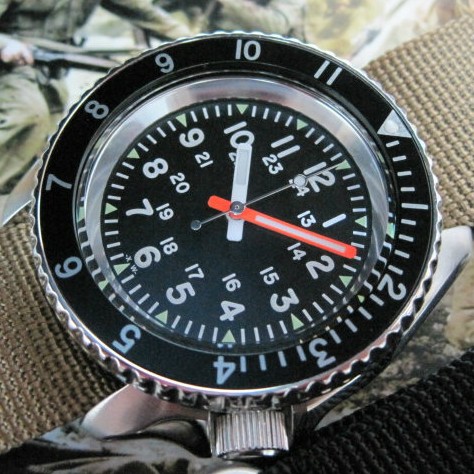Watch winders… They’re kind of a mysterious watch accessory. They can be had for very cheap, or for way too much, yet in the end of the day all do the same thing, save a perk or two. Pricing comes down to, like watches themselves, quality of components and finish. They range from pure business in black plastic with slightly noisy motors that you can tuck away on a shelf, to models built of luxurious hardwoods and leather, driven by precision engines that are dead silent and look better on a coffee table. They can turn just one watch, or a whole collection. No matter what, the goal is to keep your watches wound and in good condition.
For those of us who collect watches in the more affordable and accessible spectrum, likely the first consideration is cost. I’d rather save my dough for the watches themselves, so spending more than $200 is quite unlikely, and even for that much, I’d want something pretty decent. Yes, a cheap winder with multiple slots is always tempting, but the reality of those always is that they are typically disappointing. They are great for a month, then that grinding sound starts to happen, and before you know it, they aren’t rotating anymore or at the right speed. The other consideration is aesthetics. This thing goes in your home, so it should be presentable.
There are a few low/mid-priced options out there, and today we’re going to take a look at a relatively new offering, the Barrington Single Watch Winder. Based out of England, Barrington set out to find that sweet spot of affordability and quality in a watch winder. What makes it particularly interesting, is that the chassis of the winder is lacquered wood, available is a variety of colors from the basic black or white, to a vibrant orange and green. They sent us a green model for review, and it’s quite attractive.
The high-gloss “racing” green is the kind of color you want for a manly accent in your apartment. It’s rich and vibrant, while also being pleasantly reserved. It looks great against brick, dark wood, between books… you name it. The overall design of the Barrington’s is also exceptionally simple. It’s a cube; square from the front, rectangular from the side, measuring about 4.5″ x 4.5″ x 6″. It’s actually fairly compact, not being much larger than the rotating chamber needs. As someone with limited space in their NYC dwelling, I am quite a fan of efficiently design objects, and this qualifies. Since the top is flat you can also use that space for another object, or even stack a second winder, I’d imagine.
It works like most winders do, with a port on the front, in which you place the watch holder, which just sort of snaps into place. The watch holder is plastic and basic, with some padded carbon-fiber printed material to add some texture and plushness. The quality on this component is average. It gets the job done, but feels a bit cheap. The CF material on the back plunger (the part that applies pressure to the strap for a secure fit) is glued in place and peeling a bit… I imagine after a humid summer, this could be coming off entirely.
On the back of the unit you will find two small knobs. One chooses the winding direction and is essentially an on/off switch, the other the rotation rate. There are only 4 options for rotation; 650, 750, 850 and 1000 turns/day, but most automatics seem to fit in this category (ETA 2824-2s and Miyota 9015’s are 650/day, for example). The controls are very simple, and analog…Perhaps anachronistic even. But while they offer limited options compared to winders with LCD readouts or USB programability, they do have a very satisfying, stiff and snappy click to them, which has a certain nostalgic charm. And since they are on the back, they are out of sight for a cleaner overall look.
Which brings us to the most important part, the motor. Inside is an “ultra-quiet” Japanese motor that lives up to its name: it’s darn near silent. Without having used it constantly for 6 months, I’m not sure if this will always be true, but at the moment it’s the quietest winder I’ve experienced. You can power the winder with either 2-AA batteries or an AC adapter, which is the more sensible and environmentally friendly choice. At the moment, the adapter is fitted with a British plug, but US plugs will be available in August, and you could always use an travel adapter if needed.
So what does the Barrington Single Watch Winder cost?.. $166 or £99 plus $25 – $50 in shipping to the US (free if you’re in the UK). This places it firmly above the quick and cheap winders, but well below absurdly expensive models. There are a few competitors out there, some offer more controls, some less, in materials ranging from plastic to leather, but where the Barrington wins is in looks. The highly saturated, lacquer finish gives it an air of quality that out paces the price. Whether on a book shelf or on your desk, you’ll be happy to look at it. That’s not to say there isn’t room for improvement. The holder works, but doesn’t have the same build quality as the rest of the unit, so that’s a draw back. On the other hand, the motor seems like it’s top-notch. So, if you’re looking for a winder and aesthetics count, consider the Barrington.
by Zach Weiss









 Featured Videos
Featured Videos





